Diving in the Azores
Located in the northeastern part of the Atlantic Ocean, the Azores archipelago is composed of nine paradise islands, divided into three groups: the Eastern group, formed by Santa Maria and São Miguel islands; the Central group, with Faial, Graciosa, Pico, São Jorge, and Terceira islands; and the Western group, with Corvo and Flores islands.
With the vast blue sea that greets you upon arrival in the Azores, this is the perfect place for diving.
Its privileged location, combined with excellent weather conditions and favorable ocean currents, offers divers a rich diversity of underwater fauna and flora, including algae, schools of fish, and various marine species.
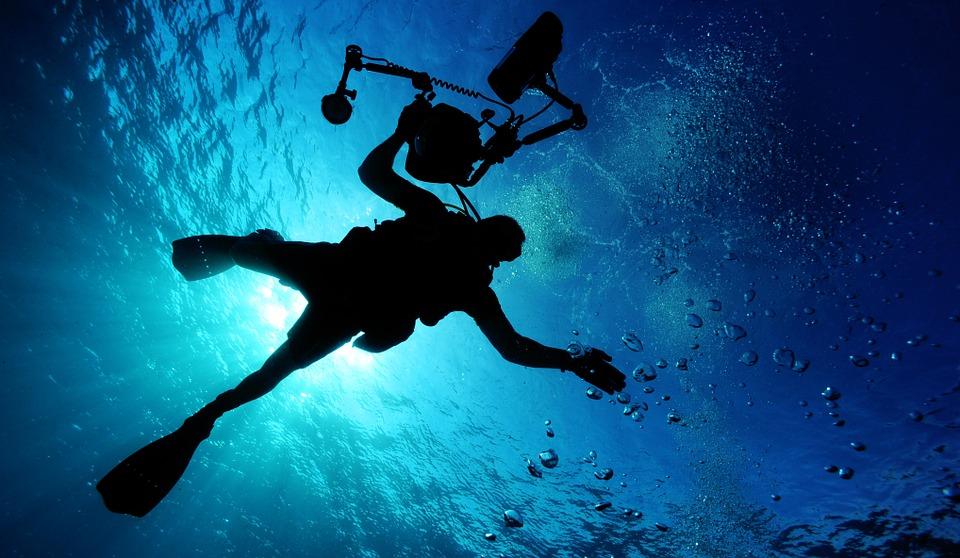
Índice de conteúdos [ocultar]
Best Time for Diving
The best time for diving in the Azores is during the summer, from June to September, when water temperatures are very pleasant, ranging from 17 to 24 degrees Celsius. It’s also possible to dive during other months of the year, as the water is always clear with good visibility (up to 30 meters deep).
There are certified dive centers available on all the islands of the archipelago, ready to serve anyone interested in diving.
The services offered include the rental of boats and necessary equipment, as dives primarily take place near small islets and caves close to the main islands. Check prices directly at the dive centers.
Diving not only offers a sense of peace and tranquility but also allows you to explore a new world—the marine environment. It’s an adventure filled with unforgettable moments, breathtaking landscapes, and excellent photo opportunities.
So, if you’re planning a trip to the Azores and looking for an underwater adventure, don’t miss out on diving in the Atlantic Ocean, full of natural beauty and incredible marine life.
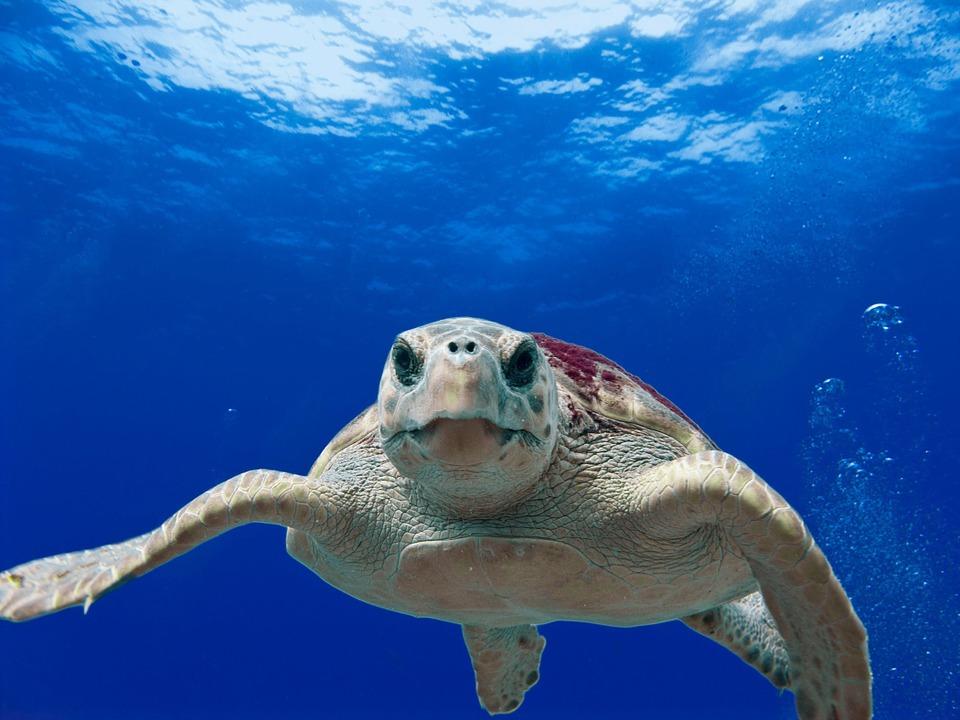
Main Diving Spots in the Azores
For beginner divers, it’s recommended to start on Graciosa Island, in Santa Cruz da Graciosa, taking the route to the Ilhéus do Carapacho, passing through Baía da Poça, a region with shallow waters and easy access. You can find various species of nudibranchs, as well as groupers, moray eels, sea bream, salemas, jacks, and barracudas.
For those who have dived before but are not yet advanced, Flores Island is a good option. The islets surrounding the main island offer deeper points, such as Baixa de São Pedro and Baixa dos Morros (around 20 to 30 meters deep). Species found in this area include pufferfish, black moray eels, conger eels, abróteas, and seahorses, as well as places where barracudas, jacks, and greater amberjacks live.
On São Miguel Island, the most popular diving spot is the Ilhéu de Vila Franca, where you can find abundant marine life, including yellow damselfish, ornate wrasses, groupers, seabream, red wrasses, dogfish, moray eels, octopuses, and large groupers. Near the sand, you may spot rays, and in the water columns, schools of amberjacks, barracudas, jacks, and anchovies.
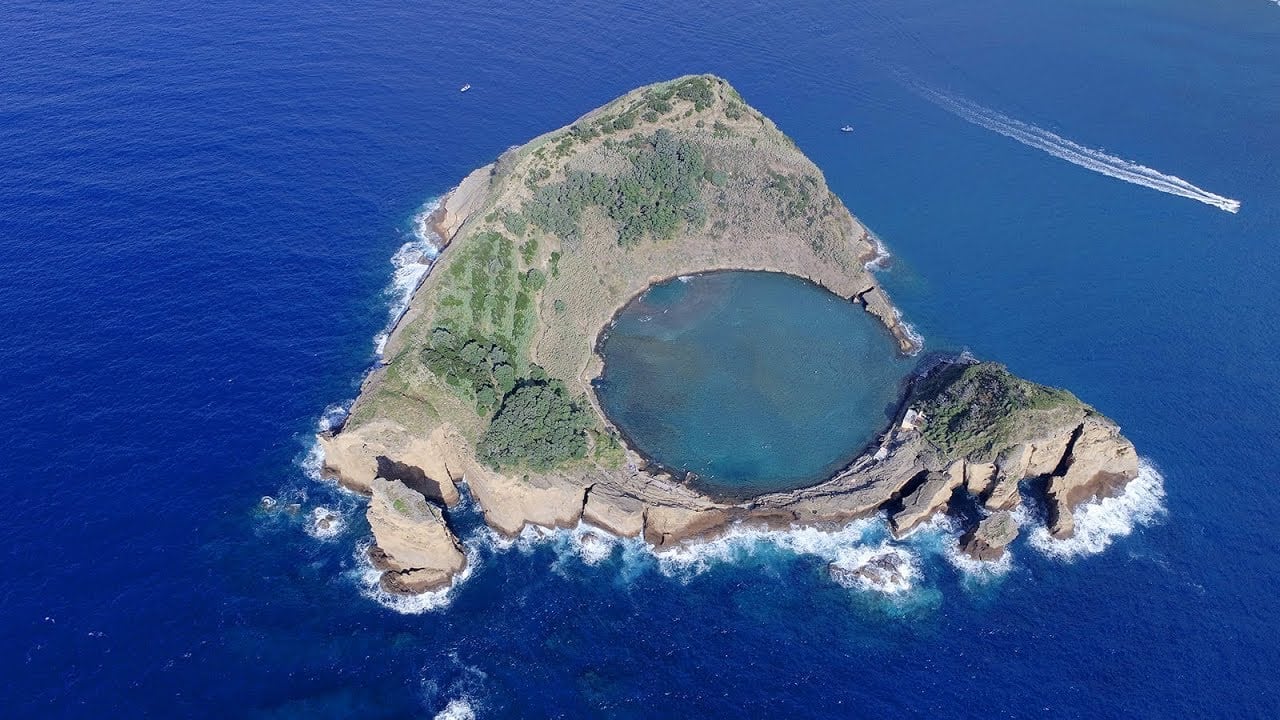
See also: Azorean island elected best destination for diving with manta rays
Another island that stands out for diving is Terceira, particularly in the beautiful Baía de Angra. Located in Angra do Heroísmo, this site is home to the famous Cemitério das Âncoras (Anchor Cemetery), offering a historic dive among shipwrecks and more than 40 lost anchors. Marine species such as sargos, juvenile red seabream, large groupers, spotted moray eels, salemas, jacks, and rays can be found during the dive.
For more experienced divers, Pico Island offers one of the most advanced and challenging dive sites. The three “Baixas” of the Pico-Faial Channel (Baixa do Norte, Baixa do Sul, and Baixa da Barca) stand out, with the most important variety of marine species in the Azores. Commonly seen species include anchovies, barracudas, jacks, bonitos, amberjacks, manta rays, sunfish, dogfish, moray eels, blacktail combers, and shoals of Atlantic horse mackerel.
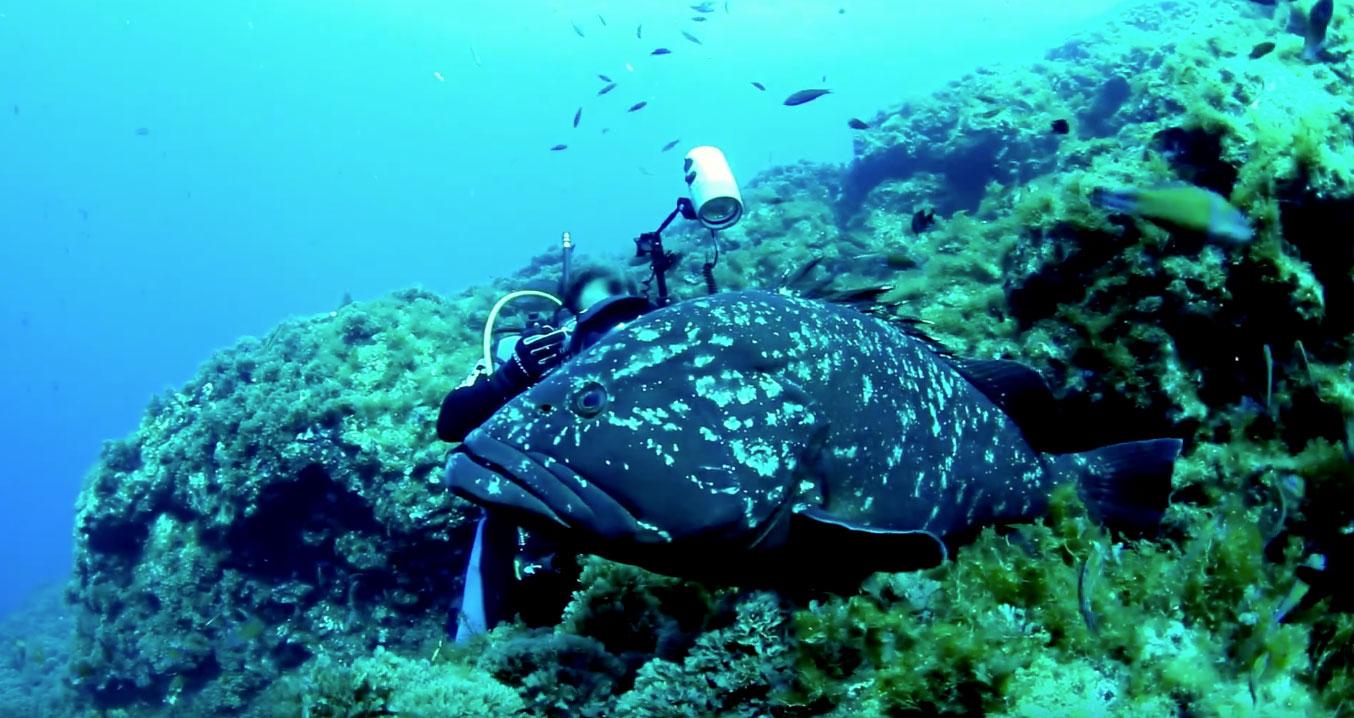
Other islands in the archipelago also offer unique diving experiences with various fish species, each with its own characteristics. However, coastal dives are common across all islands due to their volcanic origin and geological formations.
The seas of the Azores feature “seamounts,” underwater land elevations that rise from the ocean floor, sometimes reaching up to 1000 meters close to the surface.
These are interesting diving points, including Banco Princesa Alice, Banco D. João de Castro, Ilhéus das Formigas, and Banco Dollabarat. These places host a unique variety of marine ecosystems, including common Azorean species and others, such as pelagic fish, manta rays, and cetaceans.
See also: Diving spots in the Azores
Diving Tips
Before diving in the Azores, it’s important to assess your health, especially if you have conditions like sinusitis, respiratory issues, or other serious illnesses. These should be checked beforehand to ensure your safety during the dive. Sinusitis is a common problem, and even at shallow depths, it can cause discomfort that makes diving difficult.
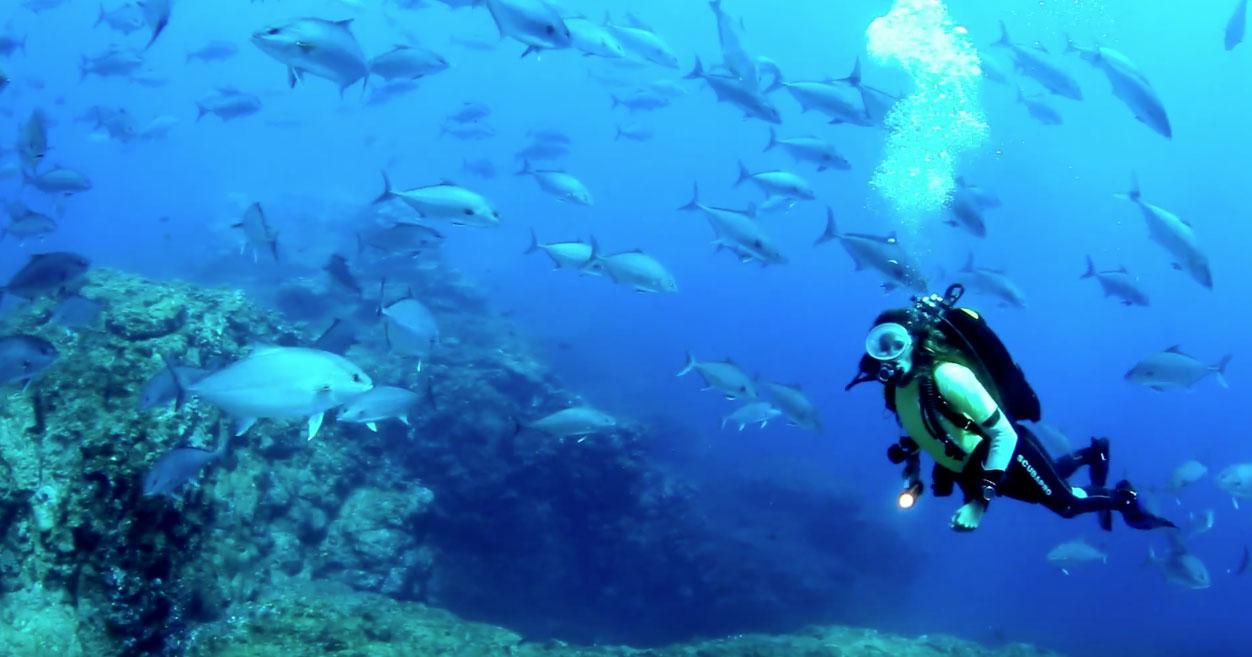
It’s also essential to know how to swim and to have an international diving certificate. If you don’t have one, it’s important to be accompanied by certified instructors throughout the dive and to take a brief course on basic diving rules, equipment usage, and a quick test to put your knowledge into practice. This is commonly known as a Diving Baptism. Consult the various companies offering this service in the Azores.
Another important tip is to control your breathing underwater. Breathe slowly and deeply through your diaphragm, exhaling slowly to allow more air into your lungs and conserve oxygen.
Finally, make your movements slow during the dive. This not only avoids undue exertion but also helps reduce oxygen consumption. When moving your fins, do so slowly, minimizing all arm movements.
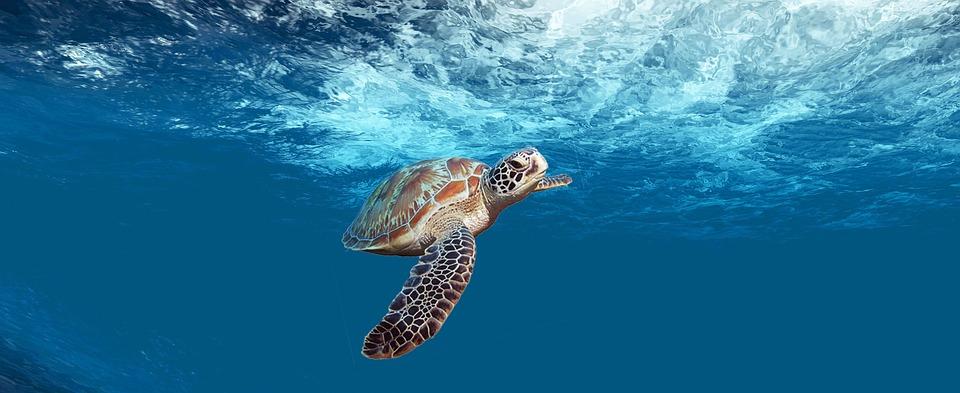
Necessary Diving Equipment
It’s crucial to use all the necessary diving equipment to ensure your safety and well-being. Here is a list of the main equipment and their functions:
- Mask: The mask is essential for observing marine life with clarity and comfort;
- Snorkel: This allows you to breathe even with your face submerged. When diving near the surface, you won’t need to lift your face out of the water to breathe, making the activity more efficient;
- Fins: Fins provide propulsion in the water, leaving your hands free;
Diving Suits:
- Gloves: Gloves are optional accessories, but they protect the diver from temperature and sharp or dangerous objects;
- Boots: Boots protect and warm your feet underwater. Choose boots with non-slip soles for added safety;
- Weights: The wetsuit and your body increase buoyancy, so weights are used to help divers descend. They are usually made of lead and weigh between 1 and 5 kg;
- Dive Flags: Flags are used to signal that divers are below the surface;
- Equipment Bag: A bag helps transport your equipment and accessories during the dive.
Diving in the Azores – Video
So, if you enjoy diving, be sure to practice this activity during your visit to the Azores. A unique and sensational experience!
 Quick links and suggestions
Quick links and suggestions
Travel insurance with 15% discount for the Azores or another destination Click here to simulate >
Looking for trips to the Azores? See these promotions >
Rent a car in the Azores? The best rent-a-car >
Activities and Experiences during your stay? Check it out here >
See Whales and Dolphins? Book now online >
Have you had a canceled or delayed flight in the last 3 years? Receive your compensation here >


